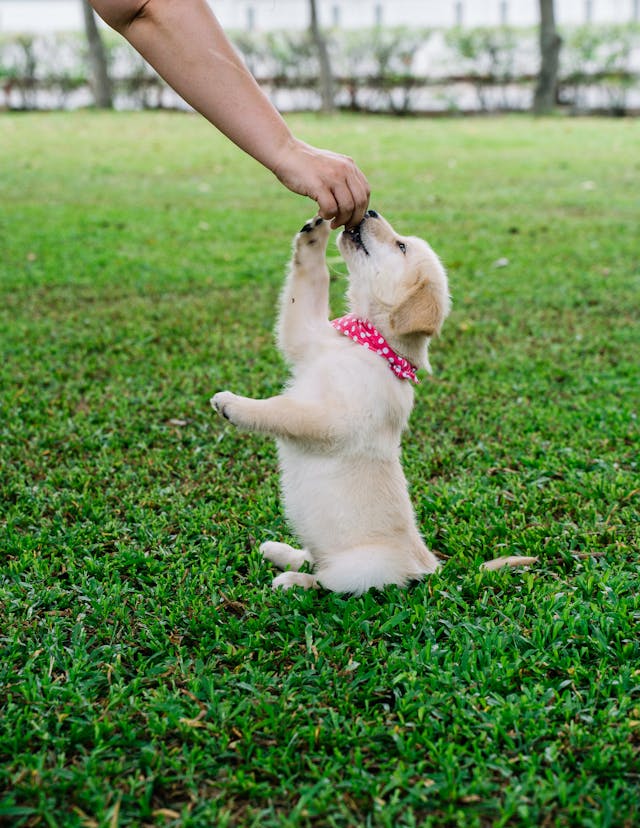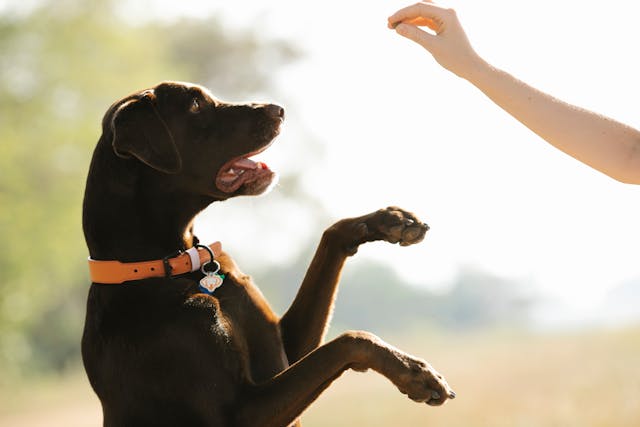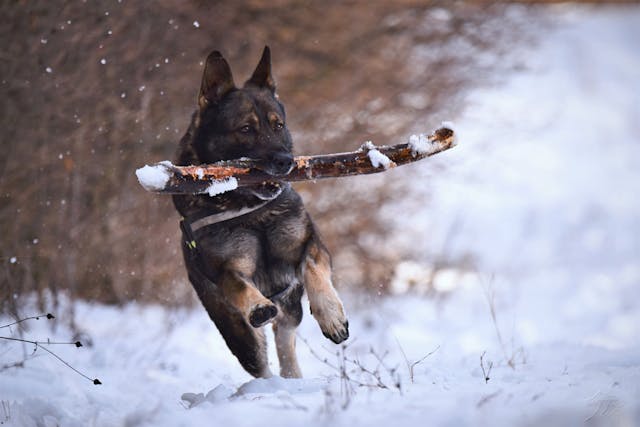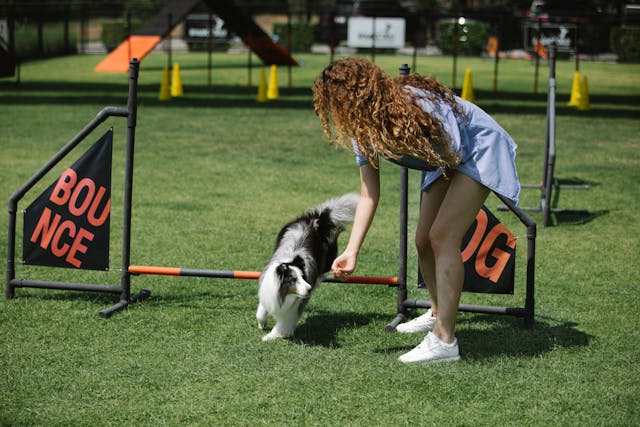Types of Dog Training and How to Choose the Right Training?
Training your dog is one of the most rewarding steps you can take as a pet parent. It strengthens your bond, improves behaviour, and ensures your dog becomes a happy and well-adjusted member of your family. However, with so many types of dog training options available, it can be overwhelming to decide what's best for your furry friend. In this blog, we'll explore the various types of dog training and offer guidance on how to choose the perfect training package for your needs.
Types of Dog Training
-
Puppy Training
Puppy training focuses on setting a strong foundation for young dogs, typically between 8 weeks and 6 months old. It covers basic skills like potty training, socialisation, crate training, and simple commands such as "sit", "stay", and "come". This training is essential for helping puppies grow into well-behaved adults and preventing problem behaviours from developing.
-
Basic Obedience Training
This is the next step for dogs of any age. Basic obedience training focuses on teaching essential commands, improving leash manners, and establishing routines. Dogs learn to follow directions like "down", "leave it", and "wait". This training is perfect for pet parents looking to create a strong foundation for everyday interactions.
-
Advanced Obedience Training
Advanced obedience training is designed for dogs that have mastered the basics. It focuses on off-leash reliability, complex commands, and high-level impulse control. This type of training is ideal for owners who want a highly disciplined and responsive dog.
-
Behavioural Correction Training
This training is tailored to address specific behaviour issues such as excessive barking, aggression, separation anxiety, or destructive chewing. Trainers identify the root causes of these behaviours and create a customised plan to correct them using positive reinforcement techniques.
-
Agility and Advanced Skills Training
Perfect for active dogs, this type of training enhances physical fitness and mental stimulation. Dogs learn to navigate obstacle courses, including jumps, tunnels, and weave poles. It's a great way to channel energy, build confidence, and strengthen the bond between you and your dog.
-
Therapy Dog Training
Therapy dog training prepares dogs to provide comfort and support in environments like hospitals, schools, or nursing homes. These programs focus on building a calm temperament, social skills, and consistent obedience, ensuring your dog is ready to bring joy to others.
-
Board and Train Programs
In this immersive option, your dog stays with a professional trainer for intensive training sessions over a few weeks. Board and train programs are ideal for busy pet parents or dogs with significant behavioural challenges.
-
Online Dog Training
For pet parents unable to attend in-person sessions, online training offers the convenience of live video coaching. Trainers provide step-by-step guidance on basic commands, behaviour correction, and more, making expert advice accessible from anywhere.
How to Choose the Right Dog Training Package
Selecting the right training package depends on your dog's age, temperament, and specific needs. Here's a step-by-step guide to help you decide:
-
Assess Your Dog's Needs
Start by identifying your dog's behaviour and training goals. Is your puppy learning the basics, or does your older dog need help with specific issues like leash pulling or aggression? Understanding your dog's current skills and challenges will help you narrow down your options. -
Set Clear Goals
What do you want to achieve with training? Whether it's teaching basic manners, correcting unwanted behaviours, or preparing your dog for agility competitions, setting clear goals ensures you choose the right focus. -
Consider Your Lifestyle
Your availability and schedule play a significant role in selecting a training package. If you're busy, a board and train program might be the best fit. If you prefer hands-on involvement, group classes or private sessions may be more suitable. -
Evaluate Your Dog's Personality
Every dog is unique. Some thrive in social group settings, while others may need one-on-one attention to avoid overstimulation. Choose a program that aligns with your dog's temperament. -
Look for Qualified Trainers
Ensure the training provider is experienced, certified, and uses positive reinforcement techniques. Read reviews, ask for references, and inquire about their training philosophy to ensure it aligns with your values. -
Combine Training Types If Needed
Sometimes, your dog may benefit from a combination of training types. For example, a puppy might start with socialization classes and progress to obedience training as they grow. -
Budget Appropriately
Training is an investment in your dog's well-being. While some programs may cost more, the long-term benefits often outweigh the expense. Compare pricing and packages to find one that fits your budget without compromising quality.
Dog training is a crucial step toward raising a well-behaved and happy pet. By understanding the different types of training available and evaluating your dog's unique needs, you can choose a package that delivers the best results. Whether you opt for group classes, one-on-one sessions, or an online program, the right training will transform your dog's behaviour and deepen your bond for years to come.
Start your dog training journey today and watch your furry friend thrive!




New Comment